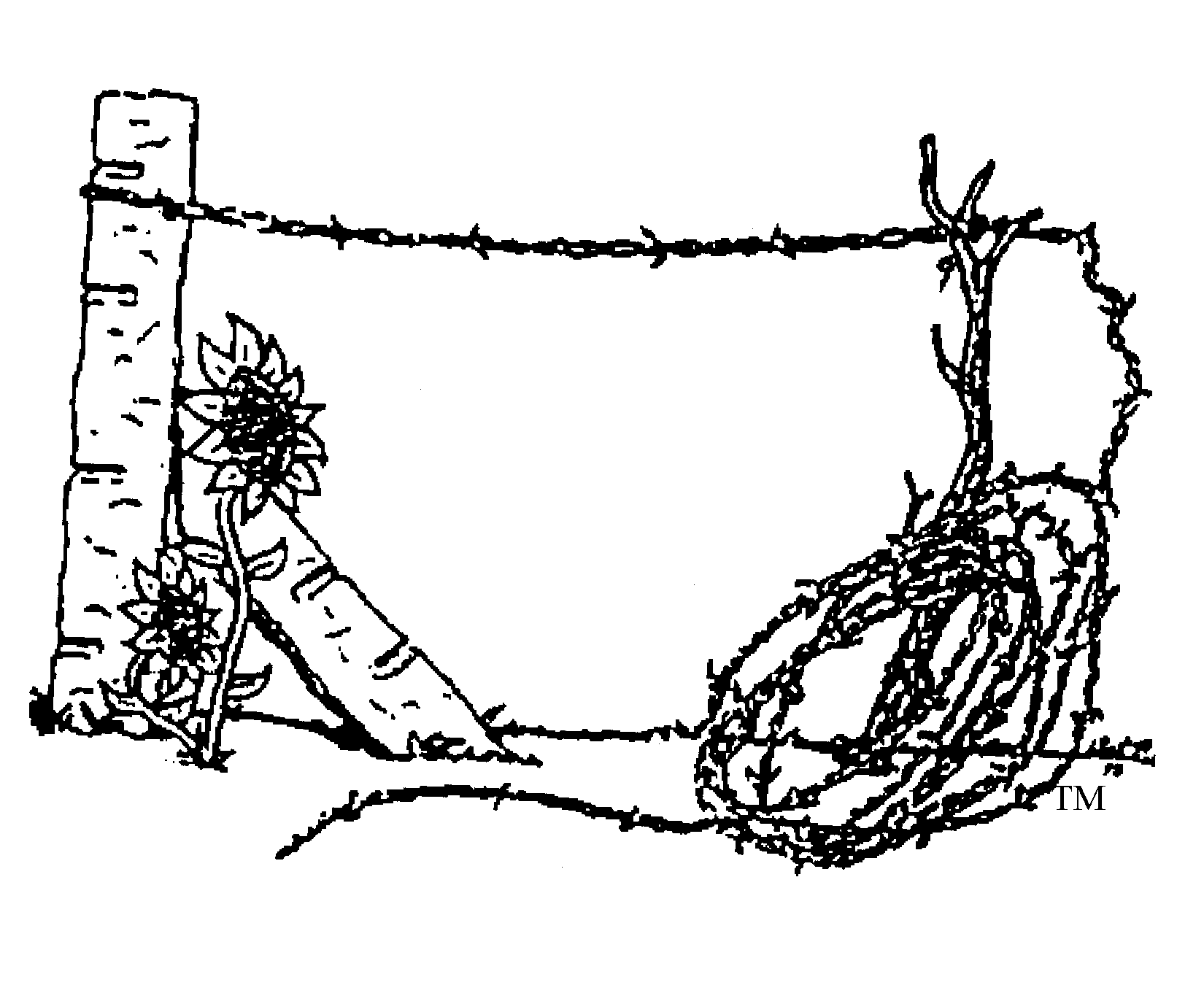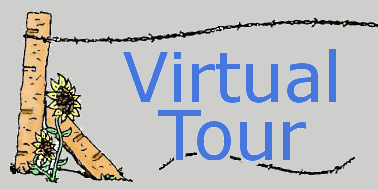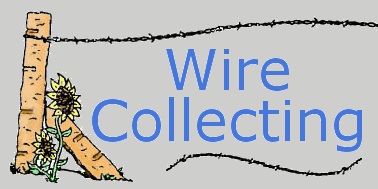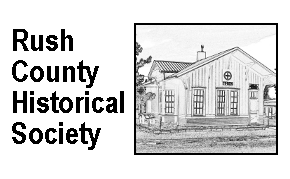Welcome
 First there was nothing but a vast open range. Native bison roamed free. Then came the settlers, and with them, a need to define their territory. Soon, miles of fences were built. Territorial disputes ensued, rights came into question, and the character of the land began to change. When the dust settled, people were once again able to live relatively in peace. The days of the open range were gone.
First there was nothing but a vast open range. Native bison roamed free. Then came the settlers, and with them, a need to define their territory. Soon, miles of fences were built. Territorial disputes ensued, rights came into question, and the character of the land began to change. When the dust settled, people were once again able to live relatively in peace. The days of the open range were gone.
Some say it was the six-gun that settled the west. Others know better. It was an unusual invention that in a few short years grew into a multi-million dollar industry: barbed wire. It was a simple invention originally designed to protect a small family garden. Within a few short years of its invention, its use had spread across the prairie and eventually around the world.
Barbed wire made a number of important contributions to western history. It redefined the landscape. The legal dispute that erupted between its inventors made its way to the United States Supreme Court set a precedent in patent law. It made men wealthy and their wealth built public buildings, and a major university. It was a simple invention that changed the direction of history and its impact resonates today.
The Kansas Barbed Wire Museum in LaCrosse, Kansas is devoted solely to the history and legend of this part of American history often referred to as the “Devils Rope”. On exhibit are over 2400 barbed wire varieties; including samples manufactured between the years 1870 and 1890. Hundreds of antique fencing tools illustrate the inventiveness of pioneers.
The museum presents interesting ways to learn about one of the midwest's most important contributions to America's history. Dioramas of early barbed wire use, a theatre featuring educational films, the Barbed Wire Hall of Fame, the museum archives room, and a research library all help to conjure up images of settling the midwest, range wars between homesteaders and cattlemen, and the transformation of the open prairie into America's bread basket.











